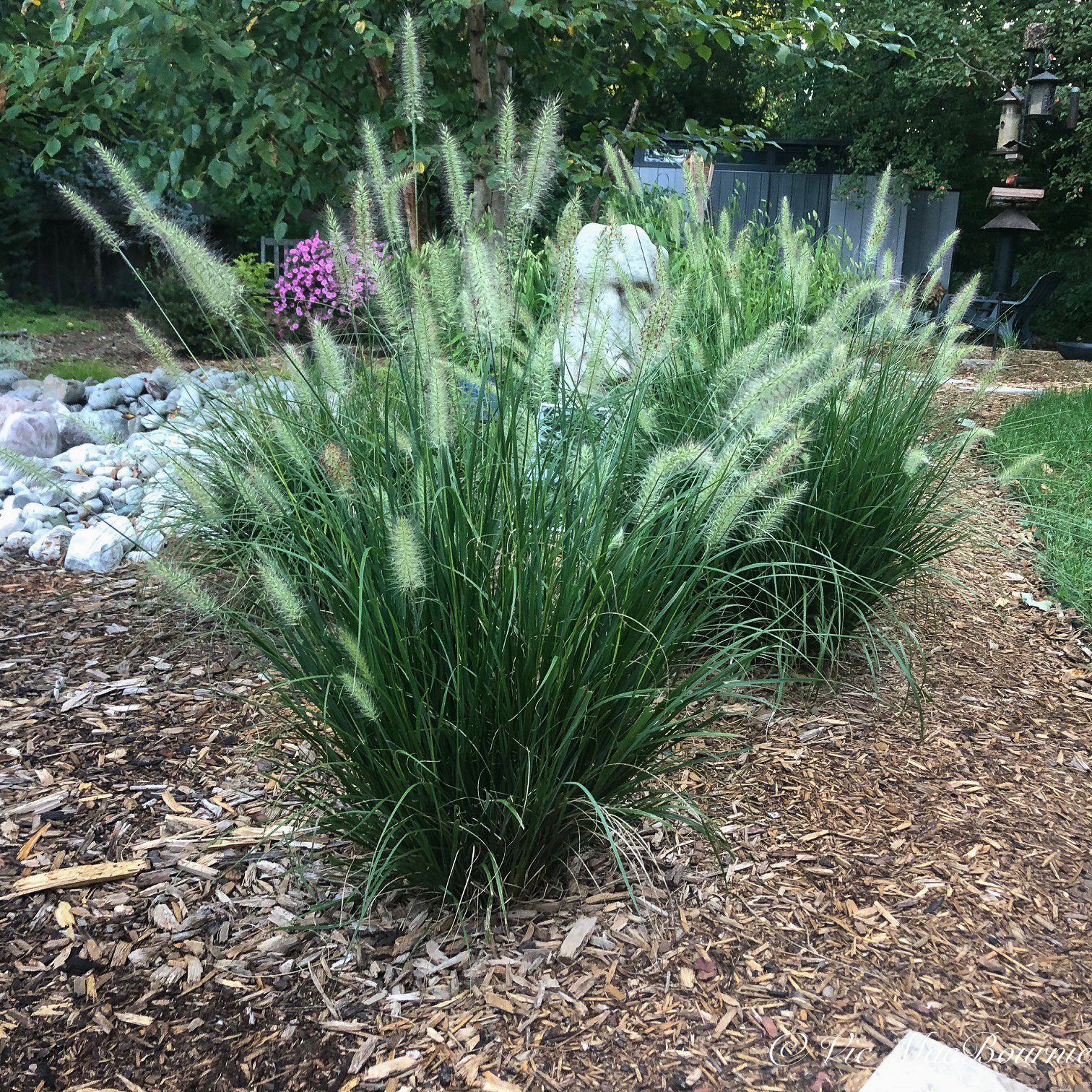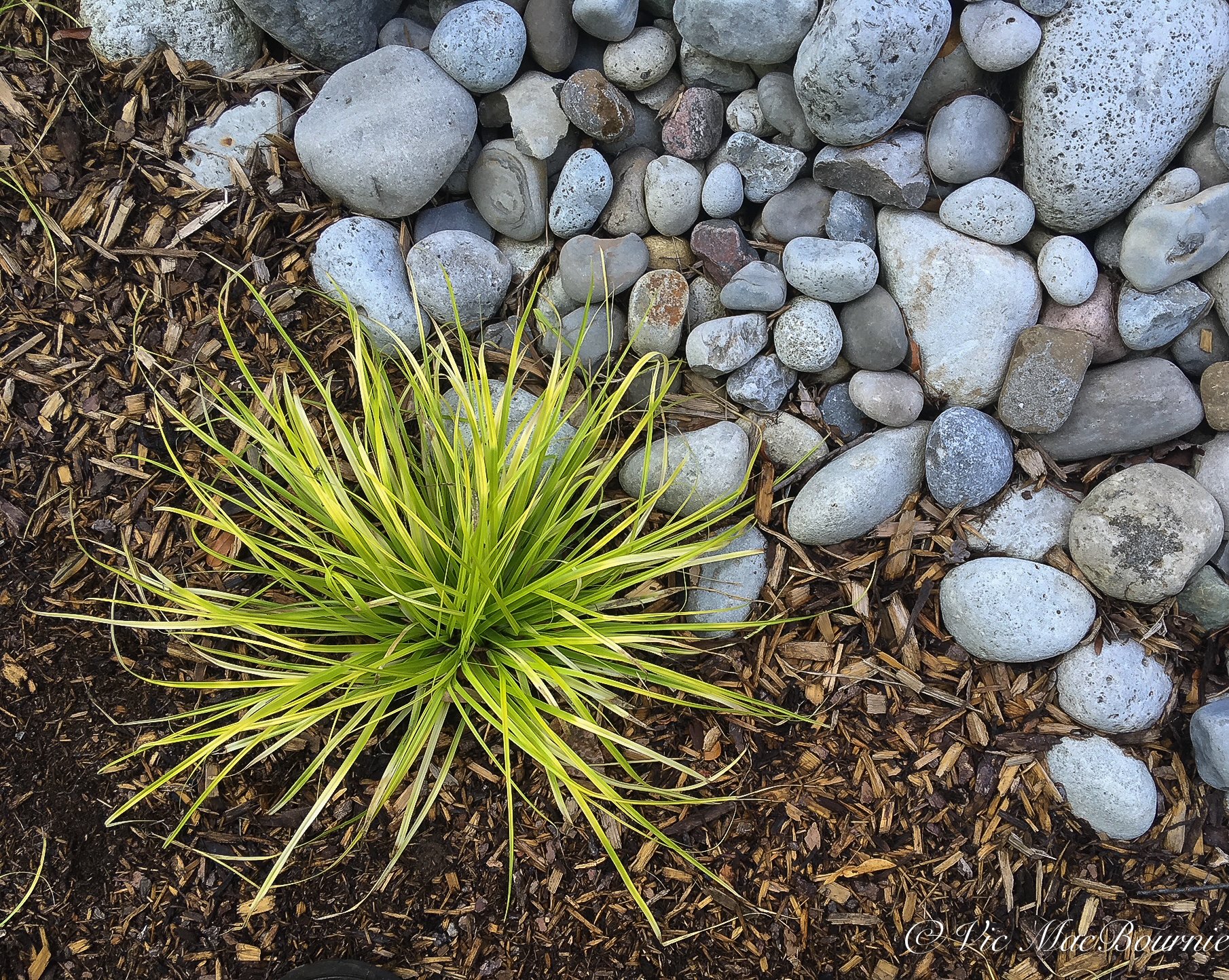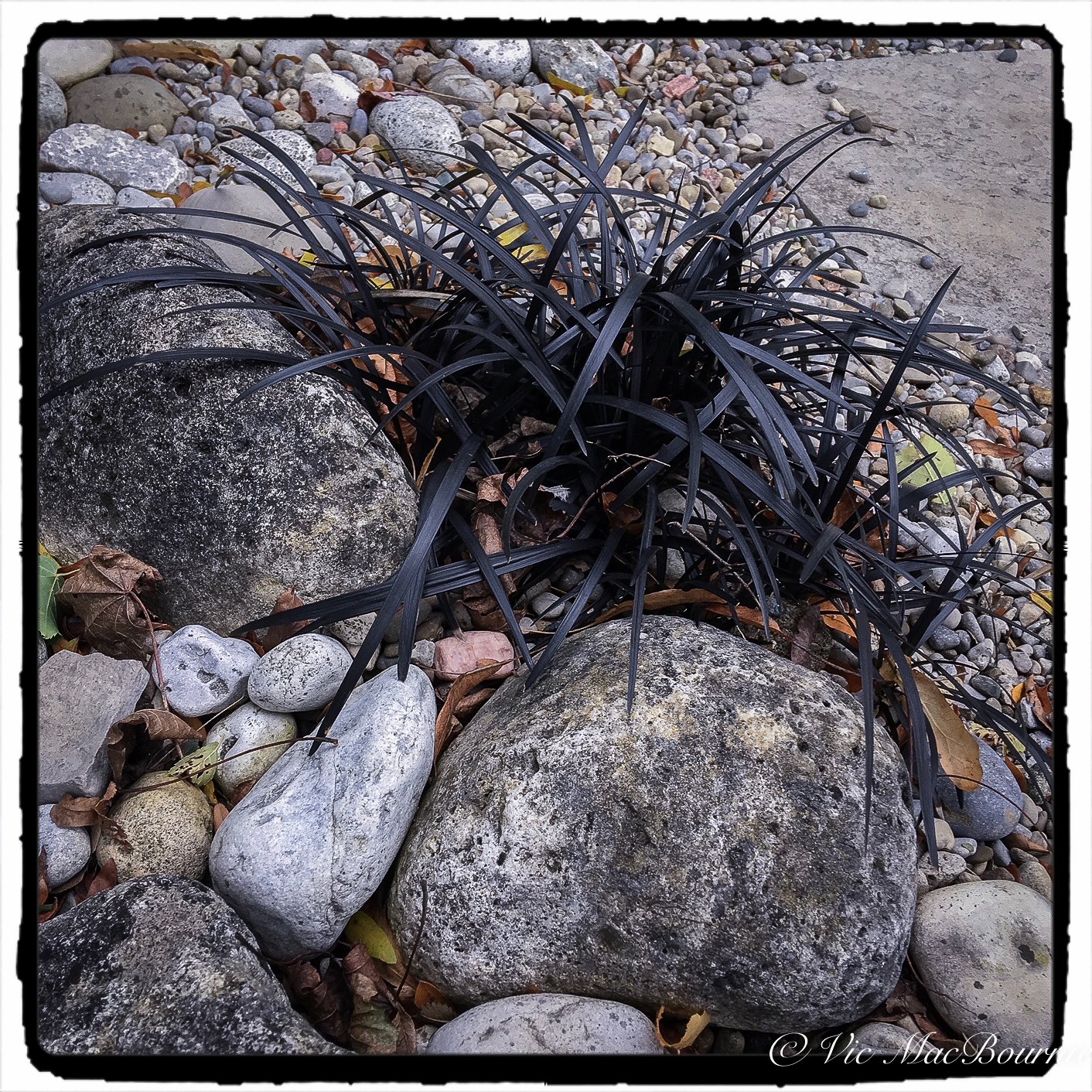Low and lovely: Five great low growing ornamental grasses
Five ornamental grasses you need to know about
If you’re in love with ornamental grass, but either have a small garden, or are not interested in large clumps of taller grasses, you need to look into the smaller, low-growing ornamental grasses available.
We have a number of them growing in our front and back gardens, some that appreciate full sun and others that prefer a location with more shade.
Defining a low-growing grass is not always easy. Little Bluestem, for example, grows to about 18 inches and may not be considered by some to be “low growing” but it’s certainly a terrific native plant that actually was awarded perennial of the year in 2022. For more on Little Bluestem be sure to check out my full story here.
Japanese Forest Grass, especially the all-gold variety, is another outstanding performer that you may want to consider in your garden. I would not consider it a tall-growing ornamental grass, but neither is it a low-growing grass. Check out my earlier post on ornamental grasses, for more on the Japanese Forest Grass (Hakonechloa aurelia).
New varieties of grasses are introduced every year, so it’s a good idea to either go online to check out the latest varieties or visit your local nurseries to get a good idea of what grows best in your growing zone.
The grasses mentioned below are all deer resistant.
Fountain grasses add a touch of elegance to the garden
Fountain grass: (Pennisetum Alopecuroides) Without a doubt the Pennisetums are a beautiful variety of grasses that really make a statement in late summer into fall when their (flowers also called inflorescences) begin to bloom. But, even before they start to bloom, the grasses add an elegant look in the garden helping to create movement when the breezes pick up.
There are many perennial fountain grasses – including the large and very popular annual purple fountain grass often used in containers as the thriller. Karley Rose, for example, is a larger perennial fountain grass that makes an excellent addition to any garden with its pinkish inflorescences. I have Karley Rose growing in both our front and back gardens, but it might be considered too large to be considered a low-growing grass.
If you are looking for low-growing varieties, consider Hamlen Dwarf Fountain Grass that grows to about 35 inches (90cm) or the miniscule Little Bunny Fountain Grass with a height of only about 12 inches (30cm.) Both are hardy to zone 5, like to be grown in full sun and prefer a dry to moist soil.
These dwarf fountain grass are just beginning to flower in our back garden. The inflouresences (flowers) turn a wheat colour and usually bloom well into fall.
Ideas on using fountain grass in the garden
Use these small fountain grasses in the front of a border or as small specimen plantings on their own. We use them in our front garden as accent plants in a sunny area along a dry river bed as well as in the area of our Japanese-inspired garden.
Japanese Blood Grass adds colour to the garden
Japanese blood grass (Imperata Cylindrica) another perennial garden winner for those who want to add a little pop of colour to their garden beds. (See photo in graphic above) Growing to a height of about 17 inches (45 cm) with a spread of 11-12 inches (30 cm), Blood grass is best grown for its blood-red tips that appear in mid- to late-summer and add a touch of bold colour to the garden.
Blood grass grows well in average to moist soil, in full to partial sun and is hardy to zone 5.
Ideas on using blood grass in the garden
I use Blood grass as a natural ground cover growing among the low-growing sedum (stonecrop) under our clump birch trees. The grass not only adds a little colour, but it seems to be at home in the dappled shade under the birch trees where it stays completely under control.
I also use it as a background for a “school” of ceramic fish (see post on Fish in the Garden) that swim through the grasses and around our birch clumps.
Sedges are perfect for wet areas of the garden
Bowles Golden Sedge (Carex) There are a variety of sedges available that look and act much like ornamental grasses. The biggest difference between sedges and grasses, however, is that the sedges perform best in moist soils. They are the perfect plants for wet or very moist areas in the garden.
Take it from me, if you are planting them in a sandy soil in a sunny spot, you will need to water them almost daily to get them looking and performing their best.
Bowles Golden Sedge has become a nice addition to our garden with its variegated chartreuse leaves. With a height and spread of about 24 inches (60 cm), they are not the most low-growing of the sedges – that would be Blue Zinger Sedge (Carex Glauca Blue Zinger) at a mere 12 inches (30cm), Ice Ballet Sedge (Carex Morrowii Ice Ballet) with a similar height , Ice Dance Japanese Sedge (Carex Morrowii Ice Dance), and Evergold Variegated Japanese Sedge (Carex Oshimensis Evergold) at a mere 8 inches (20cm) with a similar spread.
Where to use Sedges in the garden
It’s important to remember that the sedges like moisture in the soil – even wet soil. Obviously, an area of the garden that enjoys lots of moisture is the ideal spot to plant sedges, but you can create good growing conditions with a little effort. Last year, I moved three sedges from a sunny dry area where they were not doing well, and planted them in cluster near our patio where I can easily water them regularly. They quickly bounced back and performed nicely throughout the summer into fall.
Almost immediately after the move, the three sedges began to look much better, with a faster growth habit and better colour.
Black Mondo Grass for a bold statement in the garden
Black Mondo grass (Ophiopogon Planiscapus Nigresce) Black plants of any kind are always in high demand and, when that plant is actually described as a “grass,” you know it’s something special.
While not actually a grass, this hardy to zone 5 perennial grows to a height of between 5-6 inches (15cm) in average to moist soil in full to part sun. It spreads nicely into a clump of up to 17-18 inches (45cm), and can be used in the landscape as a nice tidy edging or as an accent to bring focus to an area with it’s dark foliage.
Black mondo grass can take on a greenish colouring if it’s in too much sun. In addition, it has small purplish flowers that can almost go unnoticed. They can be left on the plant or cut off if you want to maintain that grassy look.
Keep the plant well watered as well.
How I use Black Mondo Grass
I use a lovely clump of black mondo grass almost like an island growing in a dry-river bed. The strapping black grass-like foliage always brings a smile to my face when I see it growing up among the grey pea gravel and river rock. Under the right conditions, it can be striking.
Our clump has grown to the point that I need to divide it, so I am hoping to use it as an edge near our patio where I can appreciate it up close on a daily basis.
Blue Fescue adds a touch of colour to dry, sunny areas
Blue Fescue The adaptibility of Blue Fescue (see photo in graphic above) makes this grass a favourite among gardeners. Not only is this a tough little grass that can take hot, sunny, dry areas, it brings a blue-grey element to your landscape.
The fescues are actually considered a perennial evergreen grass that likes dry to average soil in full to partial sun. It grows to about 10 inches in height (25cm) with a similar spread. It grows in very distinctive clumps, so if you’re looking for a smooth grass to act as a replacement for a traiditional lawn, these are probably not ideal.
Looking for more information on ground covers? Please check out my other posts on ground covers I use in the woodland garden.
• Bunchberry ideal ground cover
• What is the easiest ground cover to grow?
• Creeping thyme as a ground cover
• Moss and moss-like ground covers
• Virginia Creeper as a vine or ground cover
How to use Blue Fescue in the landscape
This grass is ideal for a hot, dry area where it can be used as an edge or planted in drifts. In the right location, its clumps of blue foliage can be stunning. Inflouresences add more elegance to the plants later in the summer through fall.
I use it both in our front and back gardens near dry river beds where its grey foliage complements the stone while it stays short and compact never intruding or competing too much with the simplicity of the dry river beds.





